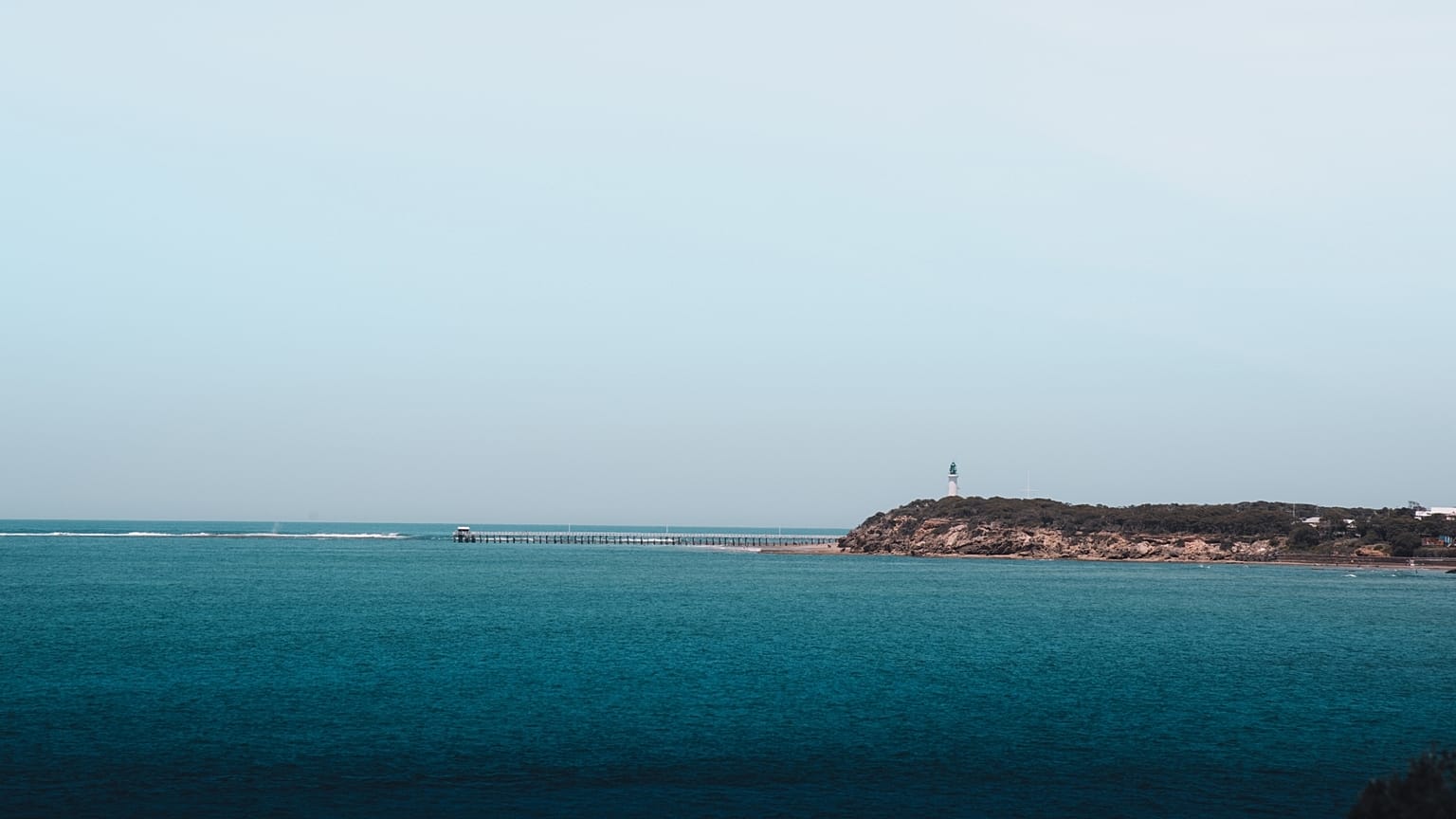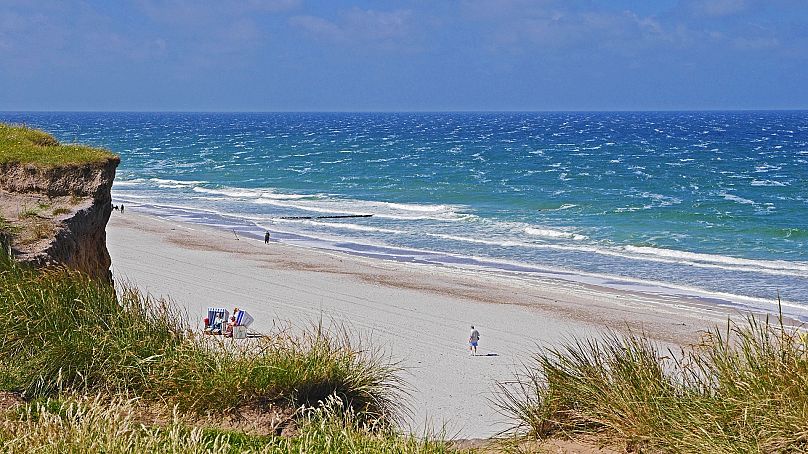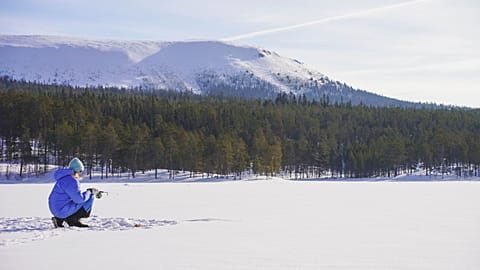The island is known as the Queen of the North Sea and has been a popular wellness destination for more than 100 years.
Discovering a pocket of untouched nature is a modern luxury. But in northern Germany, the island of Sylt has plenty to offer when it comes to tranquil, pure views and wildlife experiences.
The uniquely shaped island is known as the Queen of the North Sea and has been a favourite spot for those looking to escape mainland Germany since the 19th century. Sylt’s twelve villages are still popular with tourists now, even attracting celebrities hoping to find a quiet spot for a second home.
Around 900,000 people visit the island every year, so what makes this out of the way destination so special and why have people flocked to its unique climate for nearly 150 years?
A North Sea wellness retreat
With very little pollen and smog, Sylt is a favourite retreat for those suffering from respiratory diseases, skin conditions and allergies. Many allergy sufferers return time and time again to let the salty sea breezes work their magic.
Wellness enthusiasts can also visit one of the many spas and clinics spread across the island. From rehabilitation centres for those recovering from illness, to beauty treatments with a stunning sea view, there is something for everyone.
Hidden in the dunes at the Hörnum nature reserve is Sylt’s oldest beach sauna. First, sweat it out at temperatures of 90°C then plunge into the cool North Sea surrounded by the incredible vistas of the reserve.
When the reserve opened 40 years ago, it was just a log cabin. But it was refurbished in 2009 to create a dry Finnish sauna and a bio sauna with lower temperatures and higher humidity.
A haven for nature lovers
Sylt has been known throughout history for its fresh air and access to incredible nature.
On the island itself, around 2,500 species of animals and 150 species of plants have been recorded. Its heathlands are a haven for butterfly lovers as more than 600 species live there including painted ladies, peacocks and brimstones.
To the east is the Wadden Sea National Park of Schleswig-Holstein. This national park makes up the largest part of the Wadden Sea Unesco World Heritage Site. It has a breathtaking variety of marine creatures that, thanks to the island’s unusual shape, can be seen either on foot or by boat.
Nude bathing
If you fancy getting back to nature in an even more intimate way, u, Sylt is home to Germany’s first official nude bathing beach. The beach first opened in 1920, and since then the phenomenon has spread across the island.
Don’t worry if you’d rather keep your clothes on though, nude beaches are clearly labelled as FKK - Freikörperkultur or ‘free body culture’. There are plenty of options for all kinds of beachgoers including a combined dog/nudist beach.
The 40km long west beach also has some great waves with a number of surf schools along this stretch of sand.
How do I get there?
Thanks to the Hindenburgdamm causeway, the island of Sylt is accessible by land. A relief for those who don’t like flying or want to escape the airport chaos. You can find out more about travel options here, but one of the most convenient is by rail.
The train ride from Hamburg to the island is just three hours with regular services from other major cities too. Arriving at Sylt’s main station you’ll be just a 10-minute walk from the beach.
If you choose to go by car instead, the final section of your journey will be on the motorail. On this 40-minute stretch, your vehicle will be loaded onto a train to cross the causeway over to Sylt.
Travelling this way offers yet another opportunity to take in the incredible sea views this island has to offer.






















